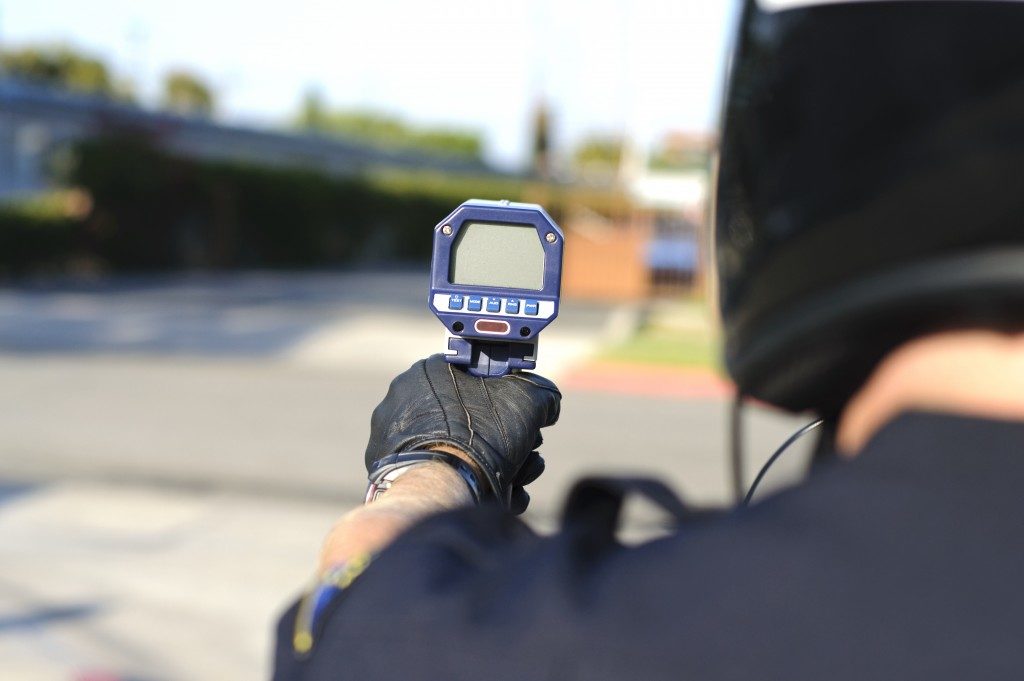Radar has already been a part of our lives since it was first used as a military tool in the 1940s. Radar systems are now being used for navigation, specifically in location and positioning. It is also being used to measure the speed of moving objects.
Radar, in the form of handheld or stationed radar guns, are accurate enough at measuring speed and are now the basis of law enforcement when it comes to implementing the speed limit. These speed measurement applications have been expanded to include baseball pitches and tennis serves, and also to track the speed of football players on a sprint.
Suppliers of radar equipment like Stalker radar guns understand the importance of giving accurate data as these will be used as the basis for the coaches to develop the right strategies for their players.
Advantages of Using Radar
Radar can easily penetrate optical obstructions such as clouds, snow, mist, and fog. This is because radar uses signals that are impervious to hindrances such as those mentioned. The measurements are still accurate and the data collected will still be useful.
Rubber and plastic are considered insulators, and they hinder the conduction of heat. But radar signals also have the capacity to penetrate these insulators. Radar can still accurately receive the signals and acquire the data needed to give an accurate assessment.
With these advantages, radar can fulfil its purpose despite the presence of perceived challenges like insulators, clouds and fog. Because it is based on radio waves, it can accurately detect the exact position of an object. Radar uses a transmitter that also emits electromagnetic pulses and measures its return to determine the exact position. This data is used to calculate the distance, whether it is in the air, land, or sea.
Limitations of Using Radar

Radar may be an advanced and reliable system, but it is not without any limitation or deficiency. Police who have used radar guns on a daily basis have noted the following limitations.
For the speed radars that are mounted and unmanned, they note that there might be a margin of errors in accuracy when the radar is exposed to certain conditions. Since radars base the speed reading of the target with the strongest echo, it may be inaccurate for smaller vehicles.
In dense traffic, the readings of radar might be slightly errant, but the idea is that in dense traffic, there is a low likelihood of any vehicle to break the speed limit, so this limitation does not really bother the law enforcement officials.
Police also note that when a vehicle is changing speeds too fast or too often, radar systems have difficulty with their readings. Radar’s ideal situation is measuring objects traveling at a constant speed, which is not often the case.
Radar is not a foolproof system, but it is functional and accurate enough for the current systems that we have. There will be technological breakthroughs in the future that can either improve radar or replace it with an even more accurate system.

